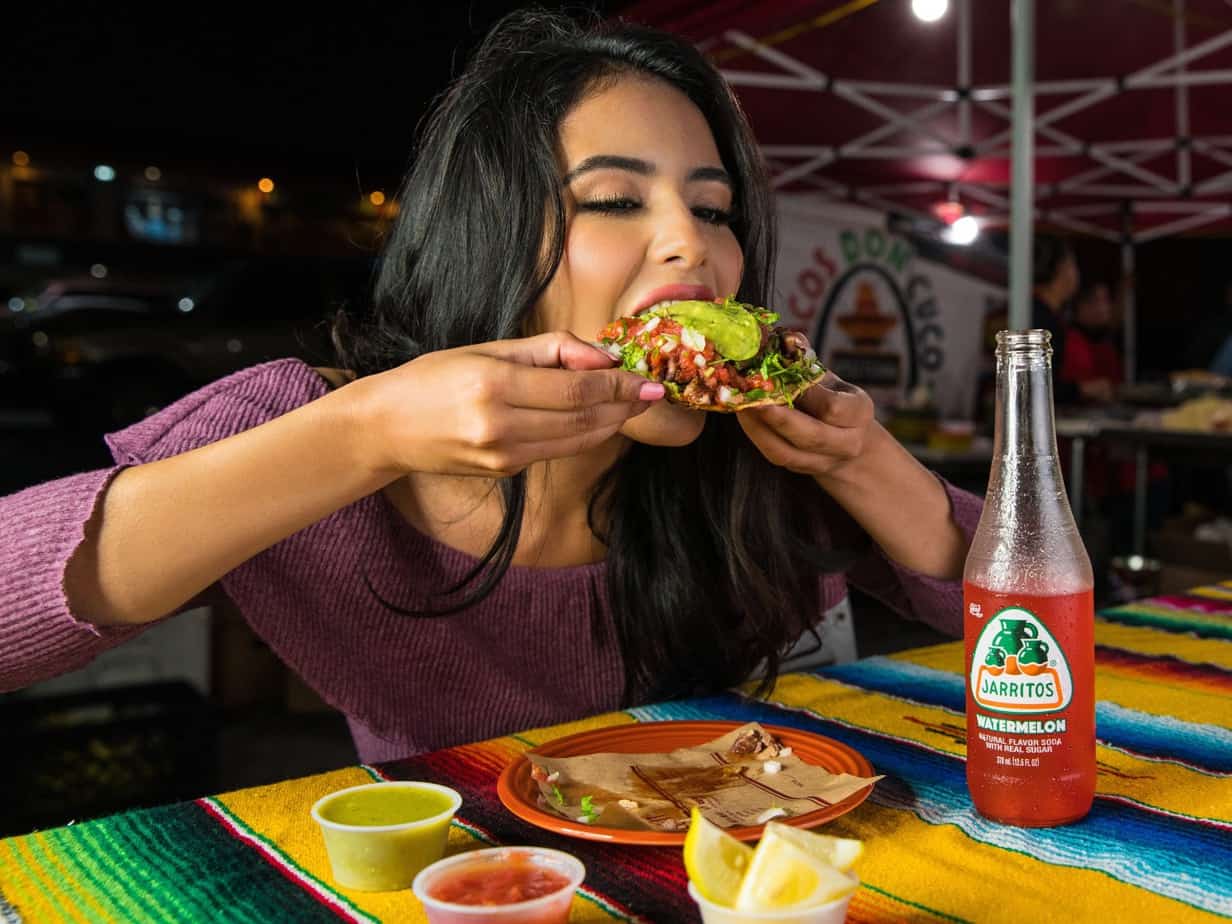
"Over the last five years, solo diners, or parties of one, have increased their share of restaurant visits while other party sizes have declined," reports The NPD Group. If restaurant owners want to increase sales in a restaurant, they need to be targeting these diners.
Solo Diners Increase Sales in a Restaurant
In 2019, solo diners made up 35% of total restaurant visits. Percentages of restaurant sales only went down in 2019 as party sizes increased:
- Parties of Two: 27% of visits
- Parties of Three: 14% of visits
- Parties of Four: 12% of visits
- Parties of Five or More: 13% of visits
Over all, restaurant visits from solo diners increased by 1%. That means that solo diners across the U.S. visited restaurants 15.4 billion times last year. Comparatively, the visits of all other party sizes (except parties of four) decreased last year. With numbers like that, it should be clear how to increase sales in a restaurant.
Which types of restaurants benefit the most from solo diner's visits? Last year, most (89%) of solo diners chose to dine out at or order from quick-service restaurants, while 10% chose to eat at full-service restaurants. "Their use of QSRs is about 10% higher than the average restaurant consumer and solo diners use of full service restaurants is about 10% less than the average," says The NPD Group. This may be because solo diners like to have a choice in where to eat their food.
Last year, solo diners ate their meals:
- In their own homes: 9%
- Dining in at the restaurant: 8%
- In their vehicles: 8%
- At their place of work: 5%
The most popular times of day for solo diners to order from any type of restaurant are lunchtime (48% of solo diners order food from restaurants then), breakfast/morning snack times (29%), and dinner (22%).
If your clients are looking to increase sales in a restaurant, there are a few things about solo diners that they should keep in mind, according to The NPD Group. First of all, solo diners are looking for convenience. With the most popular time of day for these diners to eat out being lunch, they're reliant on speed since lunch hours rarely go beyond the one hour mark; sometimes not even past half an hour. If they can get their orders quickly inside of a restaurant, they may welcome the brief change in scenery to break up their day. It can also be disheartening to walk into a restaurant and only see tables designed for large groups of customers. These consumers may not realize that dining alone isn't unusual nowadays and feel uncomfortable taking up an entire table themselves. The inclusion of more small tables can make them more inclined to dine in. If these two features are lacking, they're going to stick to the drive-thru.
Frequents Diners aren't only swayed by convenience and speed; they're also influenced by deals. According to AudienceSCAN, Frequent Diners' favorite emails to receive from businesses include coupons/discount codes and limited-time offers/sales. Emails tend to be among the typical advertising channels for fast food.
AudienceSCAN data is available for your applications and dashboards through the SalesFuel API. In addition, AdMall contains industry profiles on quick-service, fast-casual and full-service restaurants and pizza restaurants/delivery, as well as lead lists at the local level. Media companies, sales reps and agencies can access this data with a subscription to AdMall from SalesFuel to learn more about typical advertising channels for fast food.
